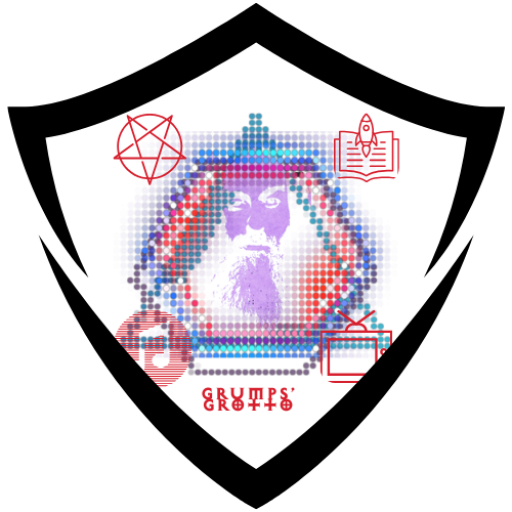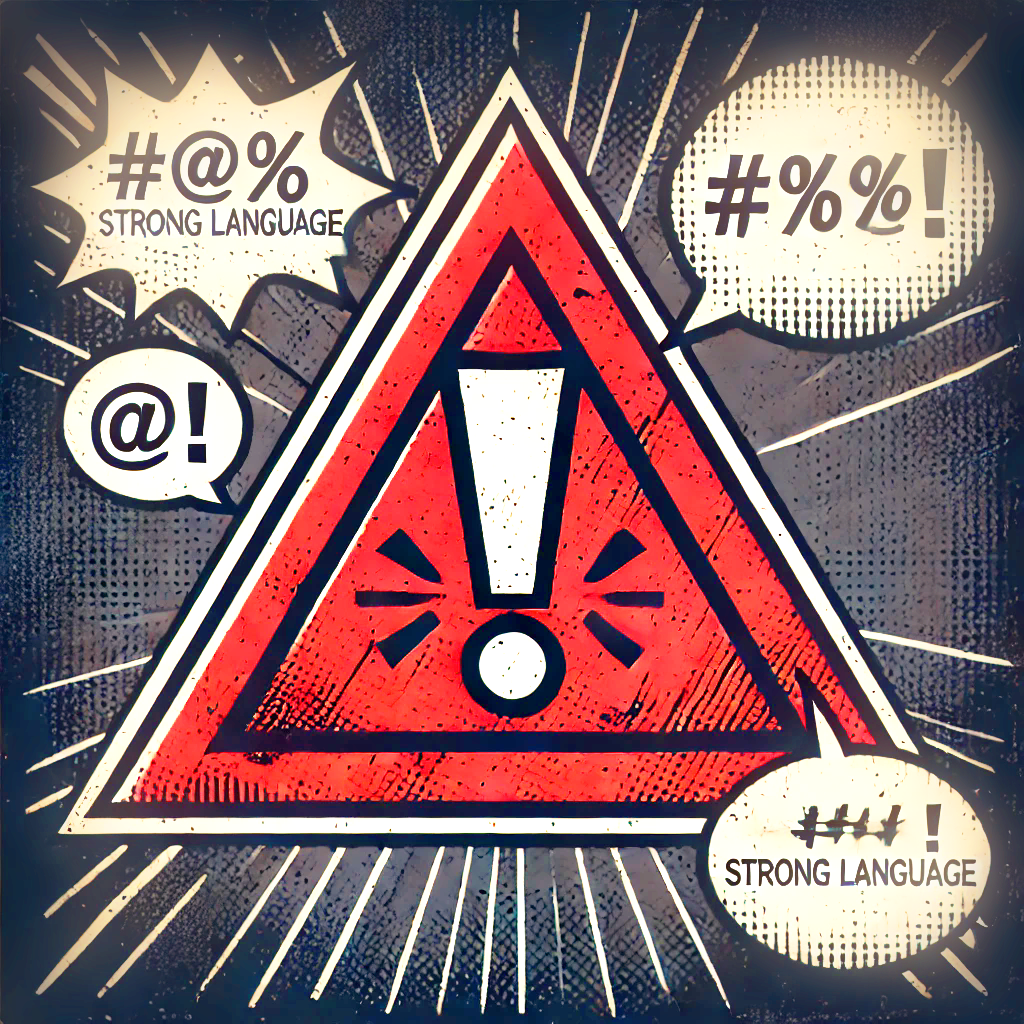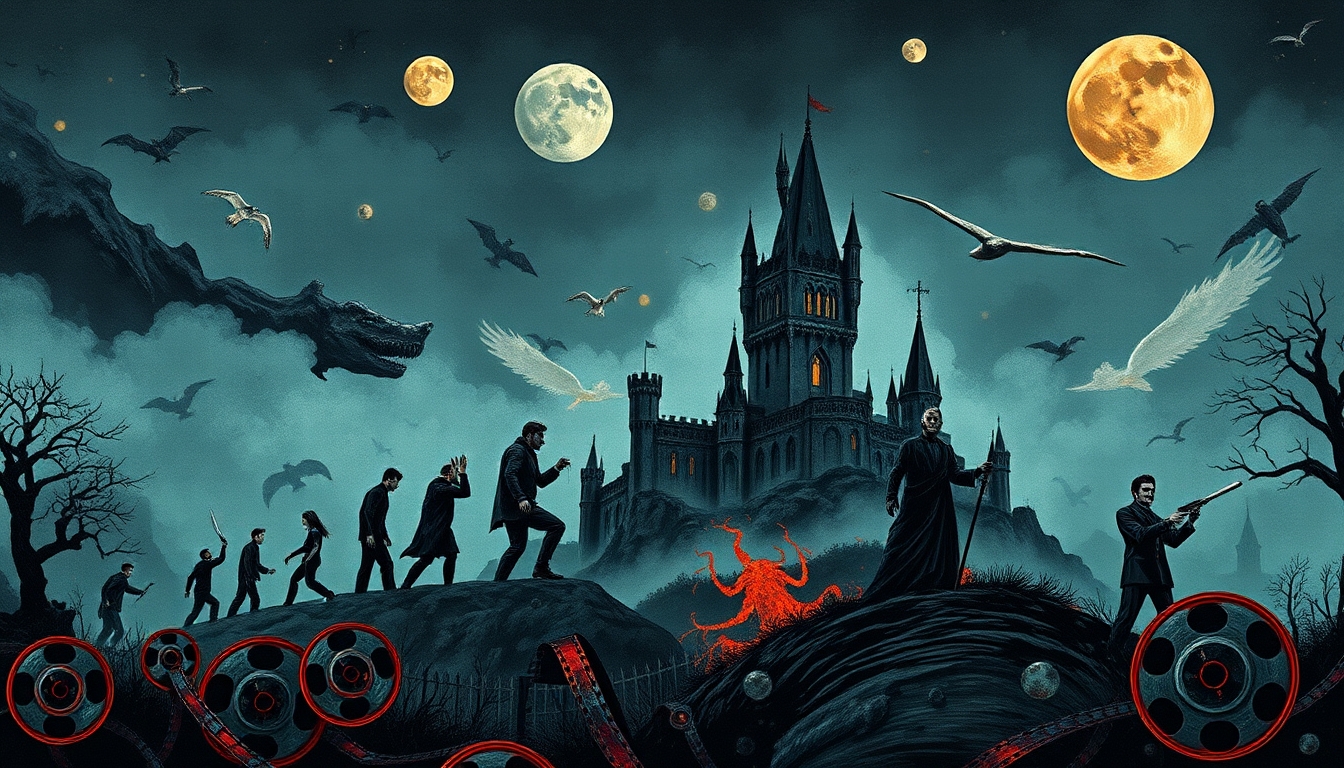Horror. The very word evokes a primal shiver, a quickening of the pulse. It’s a genre that has captivated audiences for over a century, evolving alongside our deepest fears and anxieties. From shadowy figures of early cinema to the psychological terrors of today, horror offers a powerful lens for exploring the human condition—and the darkness within us all.
The Dawn of Terror: Silent Screams and Gothic Shadows
The roots of horror stretch back to cinema’s infancy, where filmmakers like Georges Méliès pioneered the use of special effects to summon eerie, fantastical imagery. Films like The Haunted Castle (1896) were brief, but their experimental spirit planted the seeds for the genre’s future.
By the 1920s, horror had taken shape through the lens of German Expressionism, with films like Nosferatu and The Cabinet of Dr. Caligari. These works offered more than mere spectacle—they explored madness, obsession, and fear of the unknown, using shadows and distorted angles to symbolize the chaotic underpinnings of human nature.
When Universal’s monster movies emerged in the 1930s, they captured the zeitgeist of post-WWI disillusionment. Dracula, Frankenstein, and The Wolfman embodied anxieties about foreign threats, human fragility, and the dangers of tampering with nature. These Gothic tales weren’t just cautionary—they reflected a society grappling with questions about what it means to be human.
Atomic Anxieties and the Birth of Psychological Terror
By the 1950s, horror shifted to reflect new fears—those of atomic warfare and scientific overreach. Films like Godzilla and Them! tapped into anxieties about the consequences of technological advances, suggesting that humanity’s thirst for power could unleash forces beyond control. These monsters weren’t just threats—they were metaphors for the destructive potential we carried within ourselves.
However, horror didn’t stop with external dangers. Alfred Hitchcock’s Psycho (1960) introduced a new, more intimate kind of fear—the ordinary person capable of extraordinary violence. This pivot toward psychological horror was significant. Audiences were no longer terrified by vampires or aliens—they were haunted by the idea that anyone, even the person next door, could harbor dark impulses. Hitchcock’s innovations changed the genre, setting the stage for films that would explore the complexities of the human mind.
Modern Horror: Subverting Tropes and Tackling Social Issues
Horror in the 21st century has grown more nuanced, using the genre to explore complex themes and reflect on pressing social issues. Jordan Peele’s Get Out (2017) broke new ground by confronting racism through the lens of psychological horror, blending satire and suspense to expose uncomfortable truths about society. Similarly, Jennifer Kent’s The Babadook (2014) explored grief and mental illness, using the monster as a metaphor for emotional trauma.
The resurgence of supernatural horror, seen in films like The Conjuring and The Sixth Sense, speaks to our ongoing fascination with life after death. Meanwhile, the found-footage format pioneered by The Blair Witch Project (1999) and Paranormal Activity (2007) has given the genre a raw, immersive quality. These films blur the line between fiction and reality, creating a sense of immediacy that amplifies the fear.
The Future of Fear: Innovation and Reflection
Horror has always thrived by reflecting societal fears and pushing boundaries. As technology advances and the world changes, the genre will continue to evolve. Virtual reality, augmented reality, and AI-driven storytelling offer new opportunities for filmmakers to create immersive experiences that challenge our understanding of fear.
We are also likely to see further exploration of cultural and political anxieties through horror. Climate change, digital privacy, and social unrest are ripe for examination in this space. At its core, horror provides a way for us to confront these fears in a controlled environment, helping us process the uncertainty of the real world.
Beyond the Fright: What Horror Offers Us
While horror thrives on scares and shocks, its impact goes beyond entertainment. The genre allows us to engage with fear—both personal and collective—in ways that can be cathartic. In facing fictional monsters, we may come to understand the real ones we encounter in life: grief, trauma, and existential dread.
Horror is, in many ways, a celebration of the human spirit. Beneath the screams and shadows lies a message of resilience. Whether it’s a final girl standing victorious at the end of a slasher film or characters confronting their inner demons, horror reminds us that even in the face of terror, we possess the strength to endure.
Ultimately, the power of horror lies in its ability to tell stories that resonate across time and culture. As long as there are fears to confront, horror will remain a vital, evolving genre—one that invites us to explore the unknown, reflect on our nature, and find meaning in the darkness.




Leave a Reply